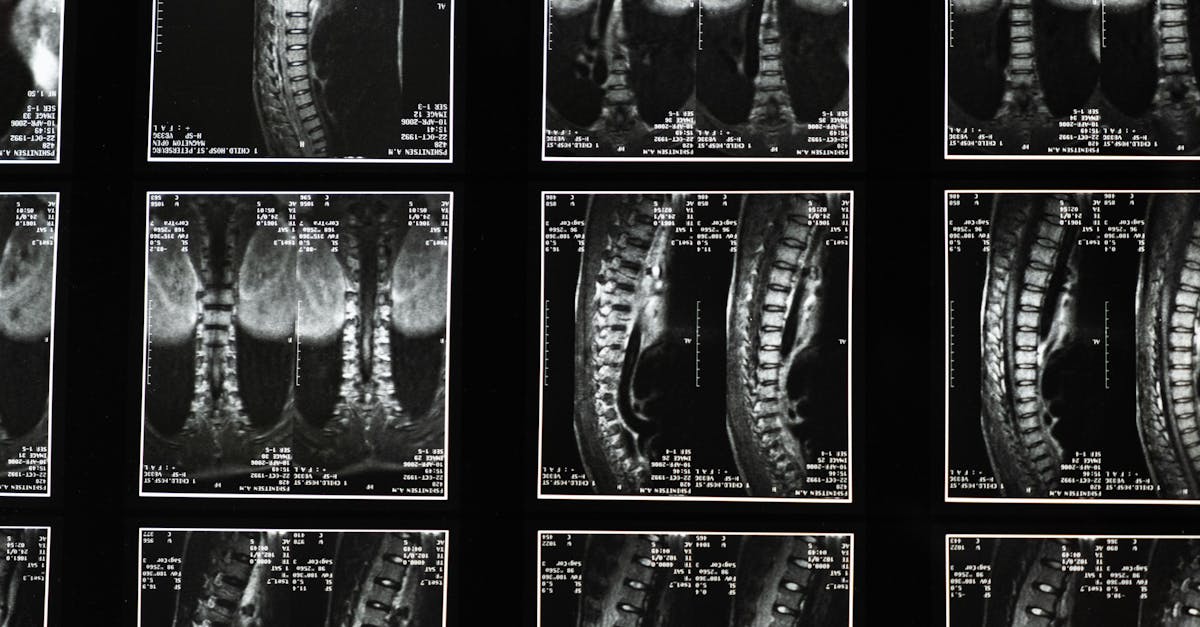
Introduction
If you’re a manual laborer, thoracic stiffness can be an unexpected hurdle in your daily work. This condition, characterized by limited mobility and discomfort in the middle back area, often goes misunderstood. In this guide, we will debunk myths, uncover the main causes of thoracic stiffness, and offer practical strategies to manage and prevent it effectively.
You’ll learn to recognize symptoms and risk factors, understand anatomy in simple terms, and explore evidence-based exercises and treatments. Whether you experience stiffness from repetitive work strains or suspect an underlying issue like disc protrusion, this article is tailored to support your relief journey.
Causes & Anatomy of Thoracic Stiffness
The thoracic spine is the middle portion of your back, connecting your neck and lower back. It consists of 12 vertebrae, each attached to ribs, creating a sturdy but flexible framework. Thoracic stiffness occurs when muscles, joints, or discs in this region become tight, inflamed, or irritated.
Common causes include muscle strain from heavy lifting, poor posture, or prolonged bending. Injuries can also cause thoracic stiffness, sometimes related to conditions like cervical radiculopathy where nerve irritation in the neck affects the thoracic area.
Disc issues such as disc protrusion can also limit thoracic mobility by pressing on nerves or causing inflammation. Understanding this anatomy helps clarify why stiffness happens and guides effective interventions.
Symptoms & Risk Factors
Thoracic stiffness often presents as tightness, discomfort, or pain between your shoulder blades. You might notice reduced ability to twist or extend your upper back, making tasks like lifting or reaching difficult.
- Stiffness worsens after activity or rest
- Muscle tightness around the spine
- Possible tingling if nerve involvement occurs
- Fatigue in back muscles
Risk factors include heavy manual labor, poor lifting techniques, inadequate warm-up, and repetitive motions. Individuals with existing spinal conditions or poor posture may also be more prone.
At-Home Relief Strategies
Managing thoracic stiffness at home focuses on modifying activities and applying simple remedies:
- Activity Modification: Avoid heavy lifting or twisting during flare-ups.
- Heat and Ice: Use a heat pack to relax muscles or ice to reduce inflammation for 15-20 minutes.
- Gentle Mobility: Engage in light thoracic rotations and shoulder rolls to maintain movement without strain.
These steps can reduce discomfort and prevent stiffness from worsening. For detailed strategies, consider exploring Effective Back and Neck Pain Relief Safe Strategies You Can Try Today.
Evidence-Informed Exercises
Regularly performing exercises aimed at improving thoracic mobility can be highly beneficial. Consider trying:
- Chin Tucks: Strengthen neck muscles to improve posture and reduce strain—learn more about this technique here.
- Thoracic Extensions: Use a foam roller or gentle backbends to extend the thoracic spine.
- McKenzie-Style Movements: These include controlled extensions and flexions to centralize pain related to disc issues.
- Core Stabilization: Improve overall posture and reduce back strain with exercises explained in Core Stabilization Training Enhancing Posture and Ergonomics for Lasting Relief.
Posture & Ergonomics for Manual Laborers
Correct posture and ergonomics significantly influence thoracic health. Tips for manual laborers include:
- Maintain a neutral spine during lifting—avoid rounding the back
- Use leg muscles rather than the back when lifting heavy objects
- Take frequent breaks to avoid prolonged static postures
- Set up workstations or tools to minimize awkward positioning or overextension
Adopting these habits can prevent thoracic stiffness and improve work efficiency.
Professional Treatments
If symptoms persist, seeking professional care can be essential. Physical therapists and chiropractors can provide hands-on treatments, tailored exercises, and manual techniques to improve thoracic mobility.
Imaging may be recommended to rule out conditions such as disc protrusion or nerve involvement. Minimally invasive treatments might be considered in severe cases. For insights into related conditions, check out Recovery From Foraminal Stenosis Surgery.
Lifestyle & Prevention
Long-term relief depends on lifestyle adjustments:
- Choose a supportive mattress to aid spinal alignment
- Maintain a regular walking program to enhance circulation and spinal health
- Manage stress through mindfulness, as tension can worsen muscular stiffness
- Stay hydrated and nourish your body to support disc and joint health
When To Seek Care
Consult a healthcare professional immediately if you experience:
- Sudden numbness or weakness in limbs
- Loss of bladder or bowel control
- Severe trauma or injury to the back
- Fever with back pain
These could signal serious medical issues requiring urgent attention.
Conclusion
Thoracic stiffness can disrupt your life and work, especially if you rely on manual labor. By understanding its causes, recognizing symptoms, and applying practical at-home and professional strategies, you can regain movement and reduce discomfort. Remember, maintaining good posture, performing targeted exercises, and addressing risk factors are critical.
Explore more guides at Back & Neck Pain Relief to deepen your understanding and find relief solutions tailored to your needs.
Disclaimer: This article is for informational purposes only and does not replace professional medical advice.
FAQ
What causes thoracic stiffness in manual laborers?
Thoracic stiffness often arises from muscle strain, poor posture, repetitive heavy lifting, and sometimes underlying conditions like disc protrusions. These factors can cause tightness and limited mobility in the middle back area.
How can I relieve thoracic stiffness at home?
Simple remedies include modifying activities to avoid strain, using heat or ice packs, and doing gentle mobility exercises such as thoracic rotations and shoulder rolls to maintain flexibility.
When should I see a doctor for thoracic stiffness?
If stiffness is accompanied by numbness, weakness, bladder or bowel changes, severe trauma, or fever, seek immediate medical attention. Persistent pain that limits daily activities should also be evaluated by a professional.
Are exercises like chin tucks effective for thoracic stiffness?
Yes, chin tucks and other mobility and strengthening exercises can improve posture, reduce strain on the spine, and enhance thoracic flexibility, thus relieving stiffness.
Can chiropractic care help with thoracic stiffness?
Chiropractic treatments can provide manual adjustments and targeted therapies to alleviate thoracic stiffness, especially when related to joint or nerve issues.